The video game industry is failing with transgender representation
It could be a lot better
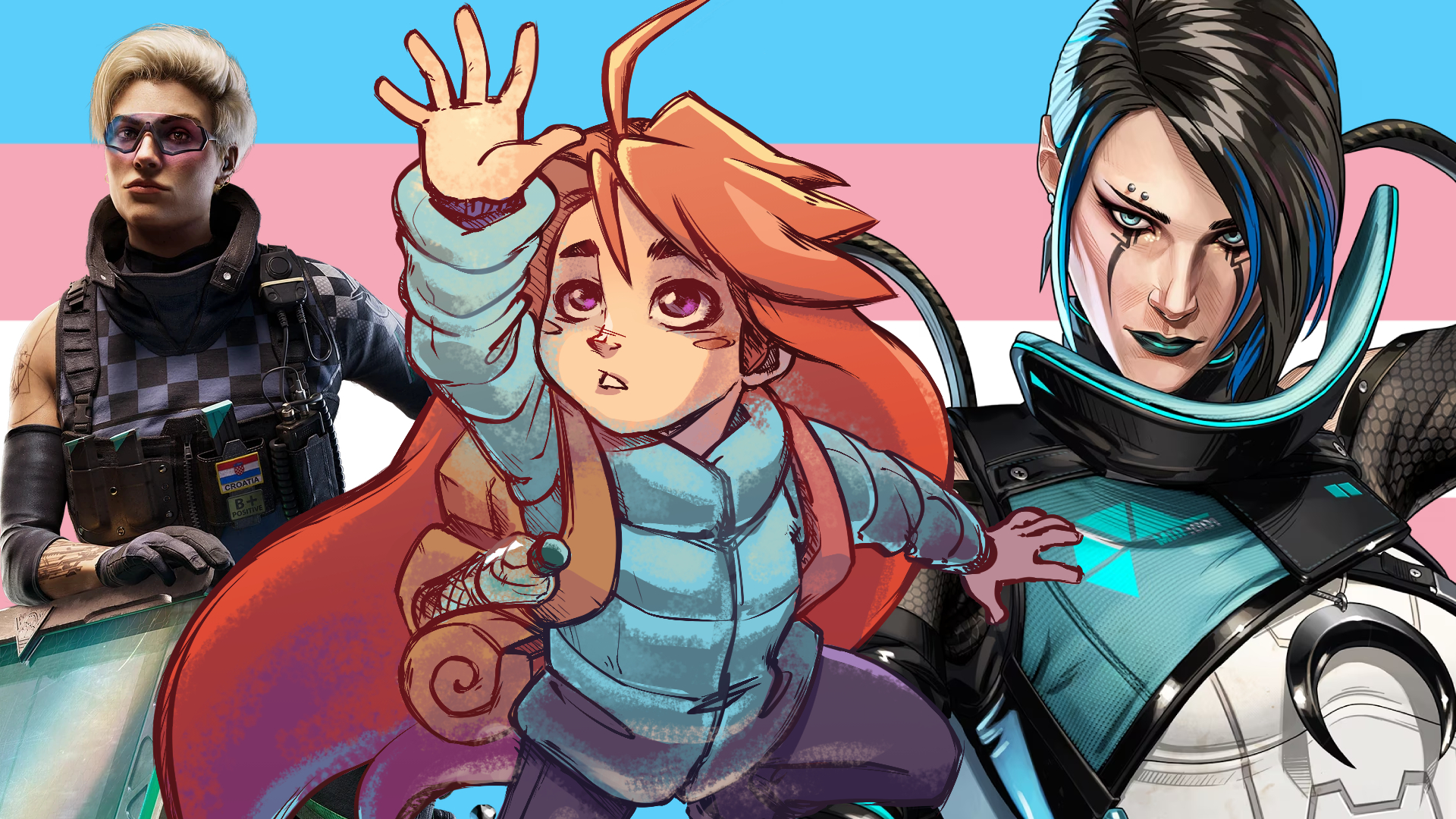
The modern video games industry is larger now than it has ever been at any point in recorded history, with a more diverse group actively playing titles across consoles and PC. Overall market revenue has nearly doubled in the past five years, as it’s now believed that almost a third of people on the planet play video games (via Statistica). With that said, I’m left asking exactly why transgender representation remains so poor despite the thriving industry.
You don’t have to look far during Pride Month to see the excellent representation of gay, lesbian, bisexual, and non-binary characters in video games. Even well over a decade ago, the industry was striking all the right notes in the AAA market with the massively popular Mass Effect games which queer love interests opened the door to where we are today. You can look at the likes of Kassandra in Assassin’s Creed Odyssey, who can be played as a bisexual woman, V in Cyberpunk 2077 who can romance both male and female characters and can be non-binary (though with no impact on the story), and Overwatch 2’s extensive roster of queer characters like Tracer (a lesbian), Soldier 76 (a gay man), and Lifeweaver who is pansexual. However, the same level of transgender representation isn’t anywhere near as widespread.
While there are some noteworthy examples of transgender characters in video games, such as Guilty Gear’s Bridget who is confirmed to identify as a trans-woman by series creator Daisuke Ishiwatari. Other prominent examples include two women from some of the best FPS games such as Rainbow Six Siege with Anja ‘Osa’ Jankovic as she was added to the popular tactical shooter two years ago, and Catalyst from Apex Legends which joined the roster last year. It’s a great start, but it’s far from where the industry needs to be. While NPC inclusions such as Mindy Blanchard from Dishonored 2 and Claire Russell from Cyberpunk 2077 are appreciated, they don't serve too great a purpose in the narrative.
Both Osa and Catalyst are voiced by transgender actresses, Nicole Maines and Meli Grant respectively, who have garnered acclaim for their portrayals. It’s especially impressive given that esports, such as the competitive shooters mentioned above, is almost entirely male-dominated. It’s been estimated that only 5% of professional gamers are women (via Sports Integrity Initiative), meaning that the inclusions serve to add further diversity to a niche that desperately needs diversity.
Why transgender visibility and representation matters
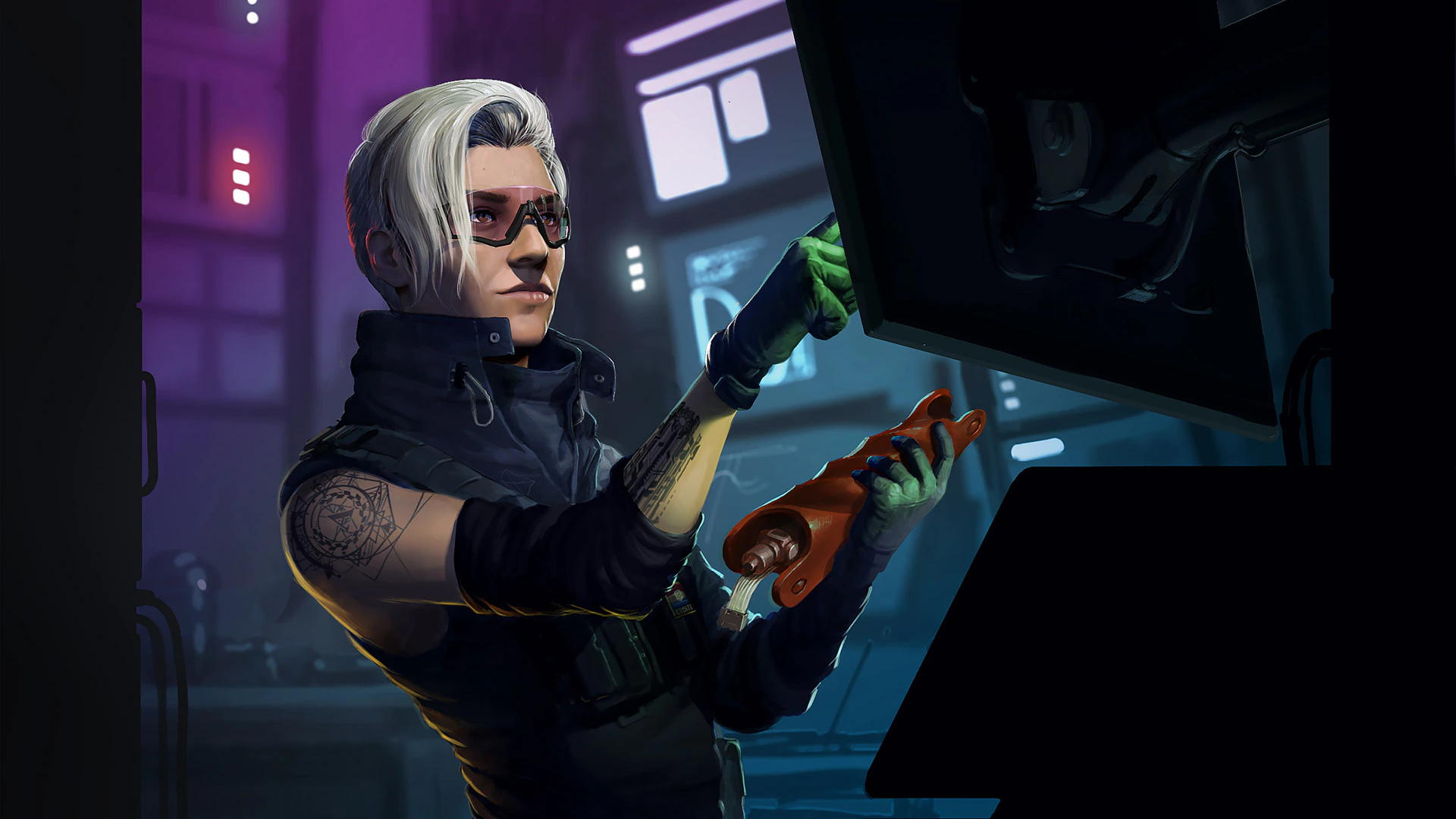
The landscape of transgender representation has changed drastically over the past decade. Initially, in games media, transgender people were often portrayed as either victims or villains or as the butt of the joke. One of the most infamous examples is Poison from the Final Fight series, a transgender woman who was introduced in Final Fight back in 1989. In the three decades since, she has become a beloved character from not just her own franchise, but also the Street Fighter series, as she is playable in Street Fighter 5 and a much-requested character for Street Fighter 6.
We’ve deep-dived into the problematic history of Poison before, but the cliff notes are that she was credited as a woman in the Japanese release but as a “newhalf” in the Western release, effectively stating she wasn’t biologically female - instead female-presenting as you could beat her up in the game. Similar remarks were made in Paper Mario: The Thousand-Year Door with Vivian, a transgender character, who is bullied by her sisters and deemed “a man” who “deserved punishment” for it in the original Japanese translation. When the title came to the West, this angle was dropped (via The Artiface).
The indie scene has explored more transgender characters than the AAA market where developers have been able to tell stories about trans men and women instead of just including them. Celeste proves this better than most. The 2018 platformer featured a young woman coming to terms with her own gender identity, as well as the anxiety and depression that follows coming out. The title was developed by Maddy Thorson, herself a closeted trans woman at the time by her own admission, who discovered her identity through the competition of the game. It was later confirmed that Madeline, the main character of the game, is canonically transgender. The title has become a runaway success in the five years since its launch.
Get daily insight, inspiration and deals in your inbox
Sign up for breaking news, reviews, opinion, top tech deals, and more.
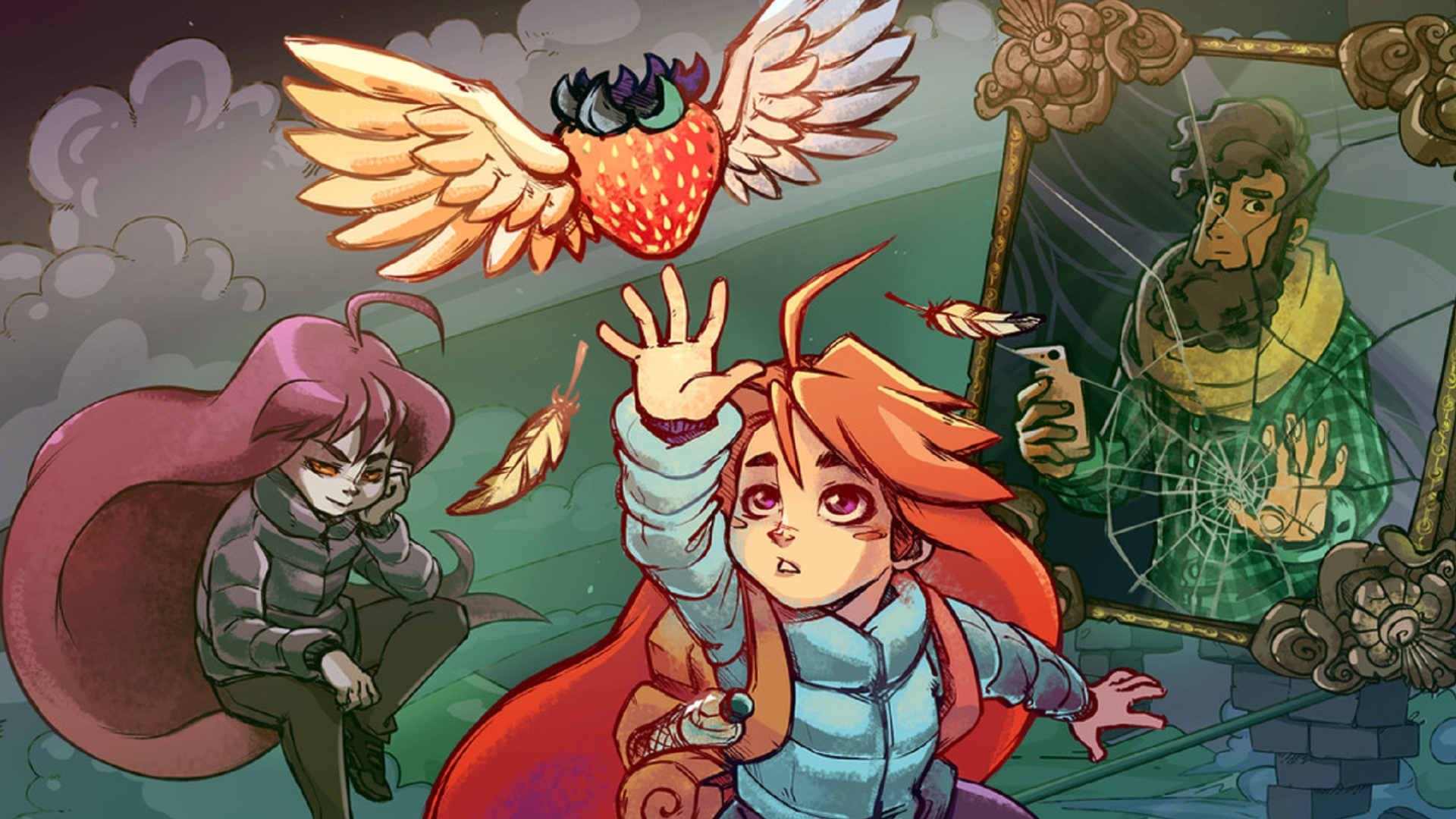
This and the aforementioned mainstream examples are a good start for transgender representation, but they are still far from at the forefront of the gaming industry. Representation is important because it shows transgender people that they are equally valid in a multiplayer shooter, or taking the limelight in a successful platformer. While some major game studios and indie teams have put in the work, more needs to be done to represent transgender people in the medium. Bringing in transgender voices to write stories, and consult on characterization, and portrayals in a respectful manner would make for a much more inviting industry for LGBT creators.
Organizations such as I Need Diverse Games, Qweerty Gamers, and Rainbow Arcade have been trying to make the gaming landscape a much kinder place for LGBT people within the industry. My major issue isn’t the modern quality of transgender representation, but in the lack of its prominence, as there just isn’t as much to draw on as with examples for gay, lesbian, and bisexual people. Given the number of people playing video games, and the fact it’s more profitable than ever, the time is right for more developers and publishers to do more for trans people.
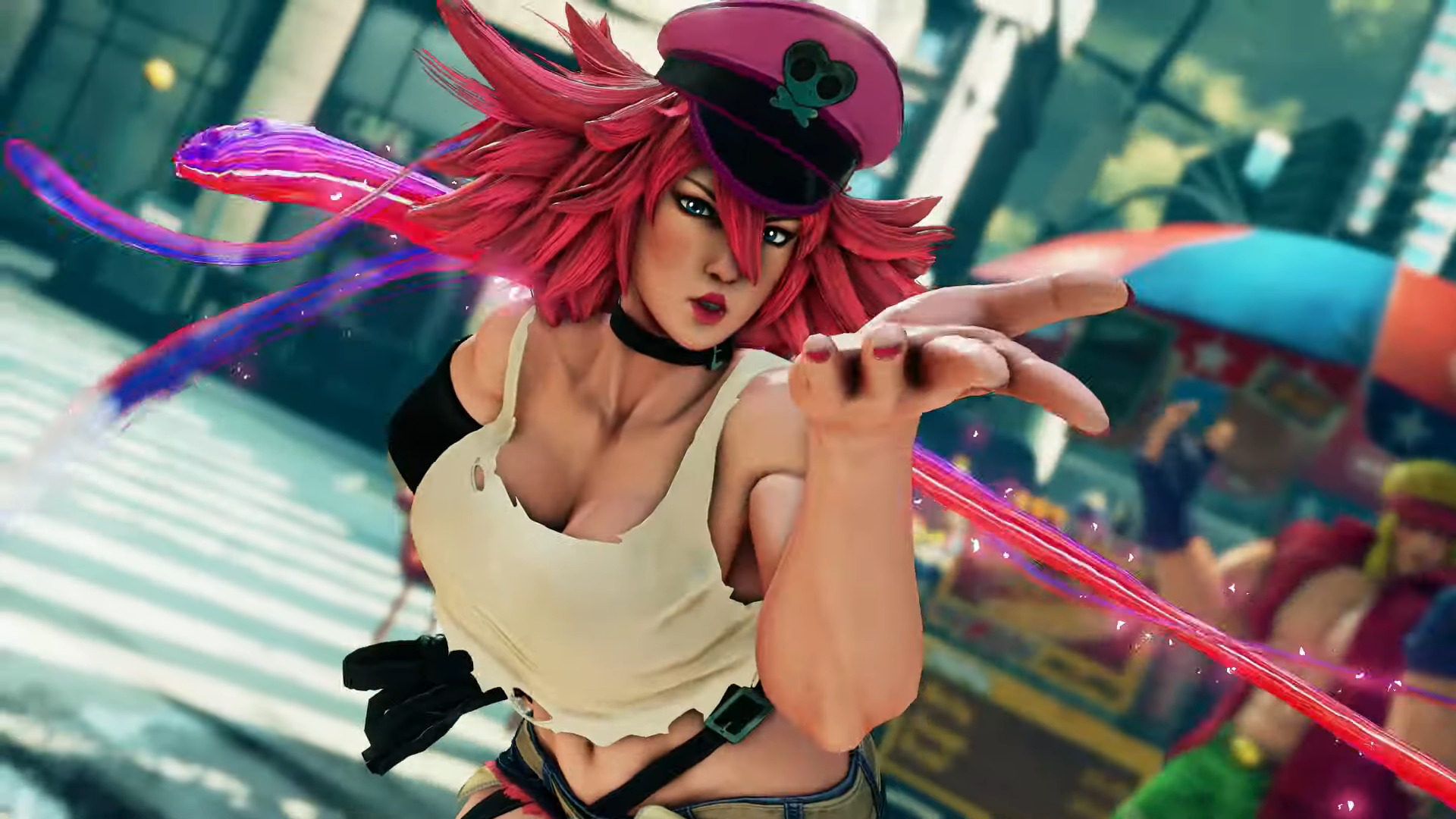
While strides have been made to include transgender characters in big-budget games and in smaller indie releases, that’s still not enough. While there is a litany of stories about straight white cis men and women as the main protagonist, many of which end up as the best-selling games of that year (via Statistica), there is a serious lack of trans characters in a central role in games.
I am hopeful in the next decade that we will see transgender men, women, and non-binary characters taking a central role as the industry moves away from its more rigid norms. However, for now, it seems like for every small successful step made, there’s still a massive way to walk to catch up.
This week, TechRadar Gaming has been publishing content to celebrate Pride Month, such as why Birdo is actually a trans icon and the best LGBTQ+ dating sims, too.
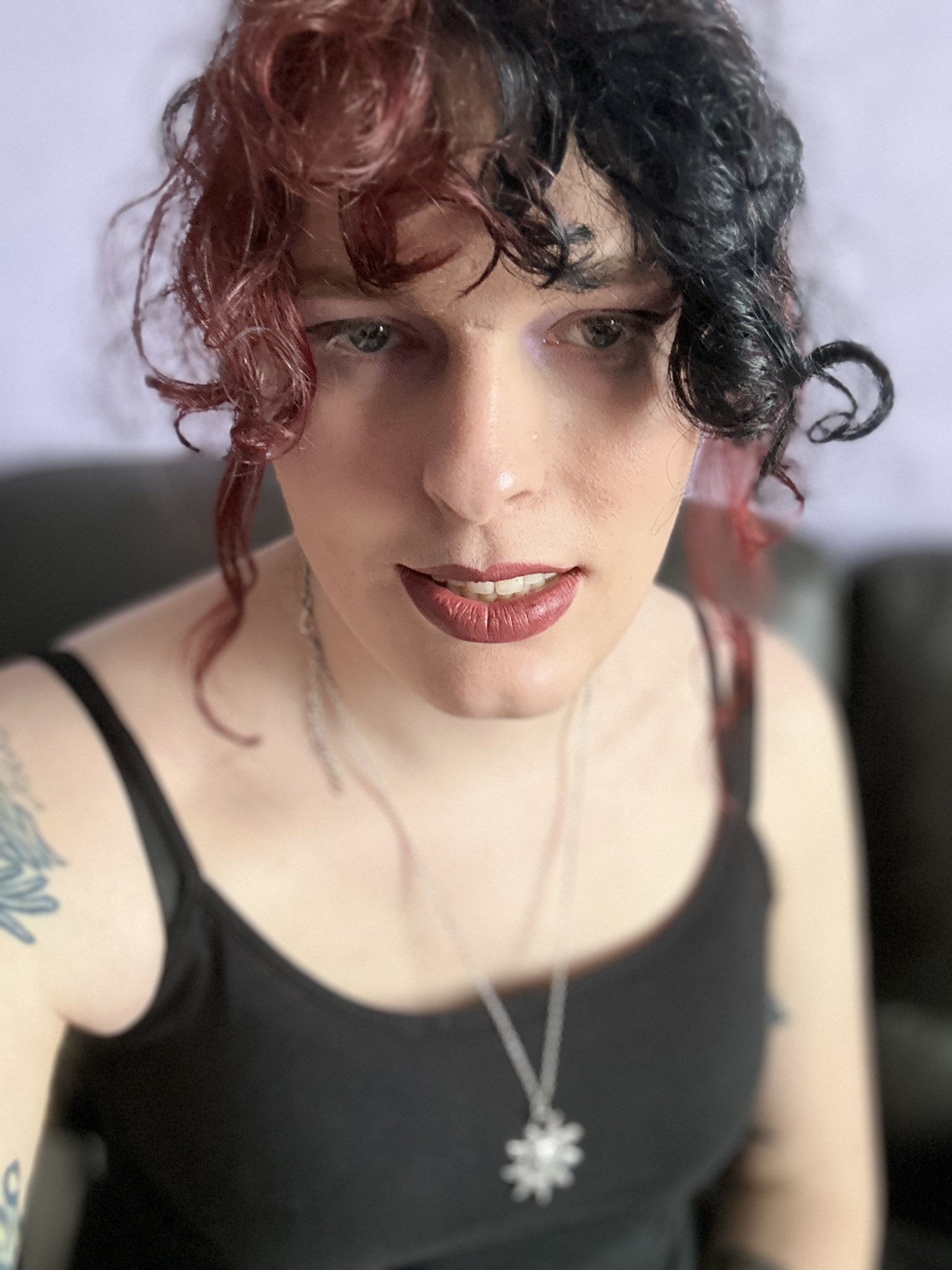
Formerly TechRadar Gaming's Hardware Editor, Aleksha McLoughlin is now a freelance writer and editor specializing in computing tech, video games, and E-commerce. As well as her many contributions to this site, you'll also find her work available on sister sites such as PC Gamer, GamesRadar, and Android Central. Additionally, more of her bylines can be found on Trusted Reviews, Dexerto, Expert Reviews, Techopedia, PC Guide, VideoGamer, and more.